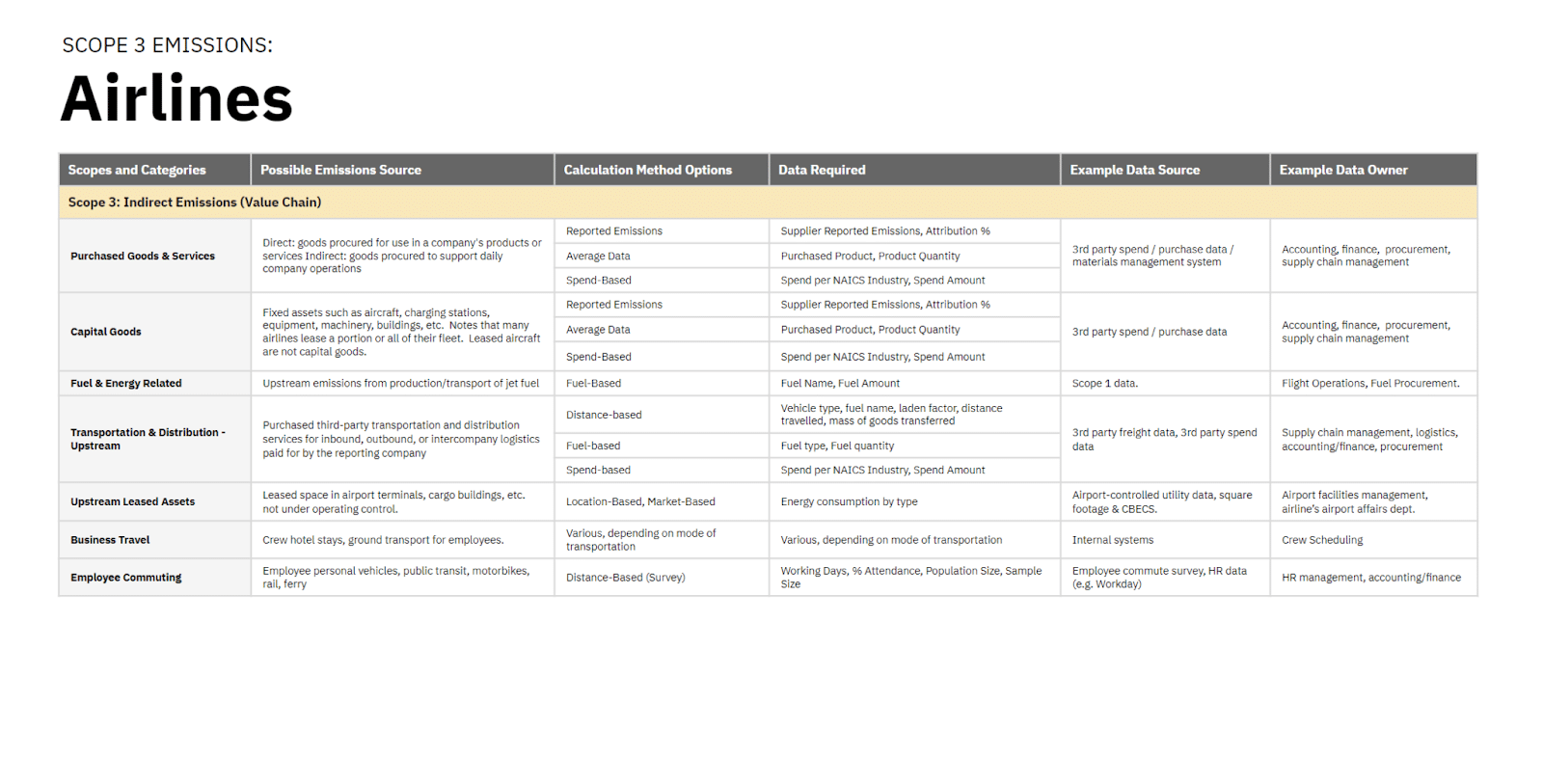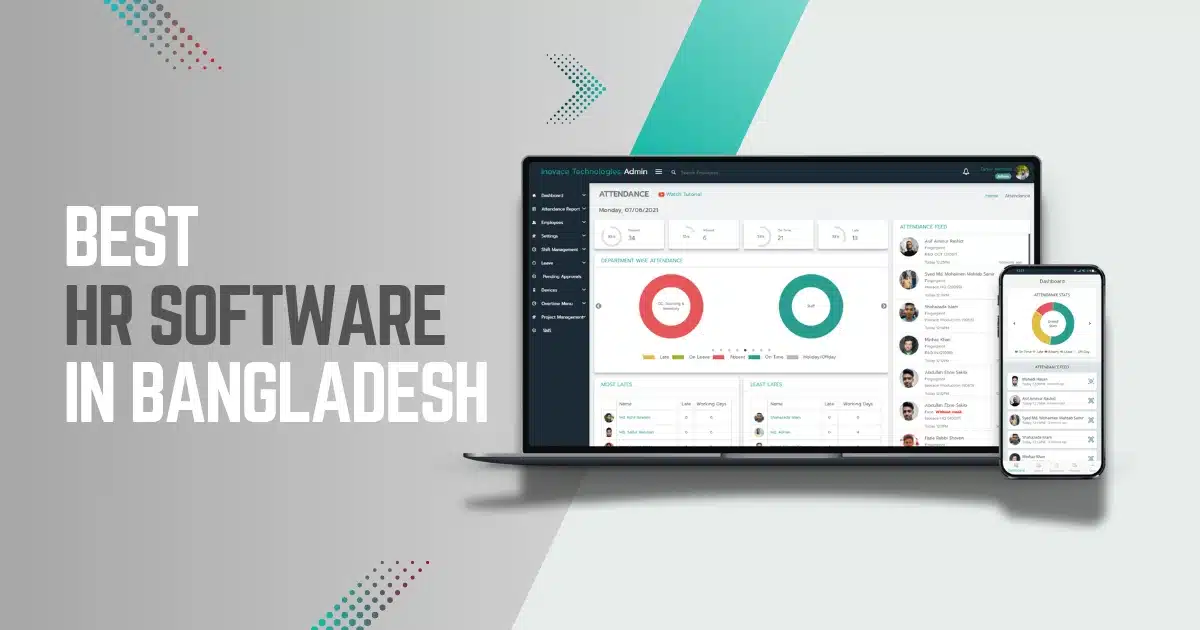Many companies want to reduce their carbon footprint. It helps the environment. It also shows responsibility. But how can we track the carbon footprint of each employee? This is where HR systems come in.
.jpg)
Credit: resume.io
Why Track Carbon Footprint?
Tracking carbon footprint helps to understand the impact on the environment. It helps companies make better choices. Reducing carbon footprint can also save money. And it can make employees feel good about their work.
Importance Of Tracking In Hr Systems
HR systems are used for managing employees. These systems can also help track carbon footprint. It is important to know how much each employee contributes. This helps in making better plans and decisions.
Steps to Track Carbon Footprint
Here are some simple steps to track carbon footprint per employee:
- Understand What to Measure
- Use the Right Tools
- Collect Data
- Analyze the Data
- Report Findings
1. Understand What To Measure
First, know what to measure. Carbon footprint includes emissions from travel, energy use, and more. It is important to know what activities contribute to the footprint.
2. Use The Right Tools
HR systems can use special tools to track carbon footprint. These tools help in collecting and analyzing data. Some tools are free. Others may cost money. Choose the right tool for your company.
3. Collect Data
Collecting data is the next step. This can include travel records, energy bills, and other information. Make sure to collect data for each employee. This helps in getting accurate results.
4. Analyze The Data
Once data is collected, it needs to be analyzed. HR systems can help in this process. Look for patterns and trends. Find out which activities contribute most to the carbon footprint.
5. Report Findings
After analyzing the data, report the findings. Share the results with employees. This helps in making everyone aware. It also helps in making better plans for reducing the footprint.
Using HR Systems to Track Carbon Footprint
HR systems can be very helpful. Here is how they can be used:
- Automate Data Collection
- Provide Accurate Reports
- Help in Planning
- Engage Employees
Automate Data Collection
HR systems can automate data collection. This saves time. It also ensures that data is accurate. Automation helps in keeping track of all activities.
Provide Accurate Reports
HR systems can provide accurate reports. These reports help in understanding the carbon footprint. They show how much each employee contributes. This helps in making better decisions.
Help In Planning
Accurate data helps in planning. Companies can make plans to reduce their carbon footprint. HR systems can help in making these plans. They provide the necessary information.
Engage Employees
Employees play a big role in reducing carbon footprint. HR systems can engage employees. They can provide information and tips. This helps in making everyone aware. It also helps in reducing the footprint.
Benefits of Tracking Carbon Footprint
There are many benefits of tracking carbon footprint:
- Environmental Impact
- Cost Savings
- Employee Satisfaction
- Better Planning
Environmental Impact
Tracking carbon footprint helps in reducing environmental impact. It shows that the company is responsible. This helps in building a good image.
Cost Savings
Reducing carbon footprint can save money. It helps in using resources more efficiently. This leads to cost savings.
Employee Satisfaction
Employees feel good about working for a responsible company. This leads to better employee satisfaction. It can also help in retaining employees.
Better Planning
Tracking carbon footprint helps in better planning. It provides the necessary data. This helps in making informed decisions.
Challenges in Tracking Carbon Footprint
There can be some challenges in tracking carbon footprint:
- Data Collection
- Cost of Tools
- Employee Engagement
Data Collection
Collecting accurate data can be difficult. It requires time and effort. Automation can help in making this process easier.
Cost Of Tools
Some tools can be expensive. It is important to choose the right tool. Look for tools that fit the company’s budget.
Employee Engagement
Engaging employees can be challenging. It is important to make them aware. Provide information and tips. This helps in getting their support.
Credit: www.cganet.com
Frequently Asked Questions
What Is A Carbon Footprint In Hr?
A carbon footprint in HR measures the greenhouse gases employees produce.
Why Track Carbon Footprint Per Employee?
Tracking helps reduce environmental impact and improve sustainability.
How Can Hr Systems Track Carbon Footprint?
HR systems use data on travel, energy use, and waste.
What Data Is Needed To Track Carbon Footprint?
Travel, energy consumption, and waste data are needed.
Conclusion
Tracking carbon footprint per employee is important. It helps in understanding the impact on the environment. HR systems can help in this process. They provide the necessary tools and data. This helps in making informed decisions. It also helps in reducing the carbon footprint.








